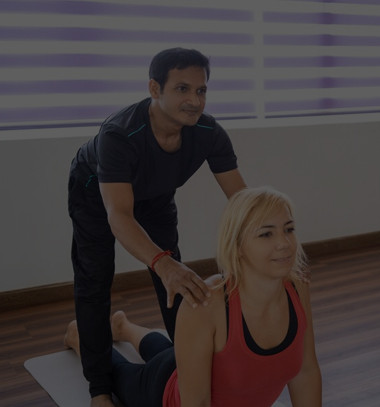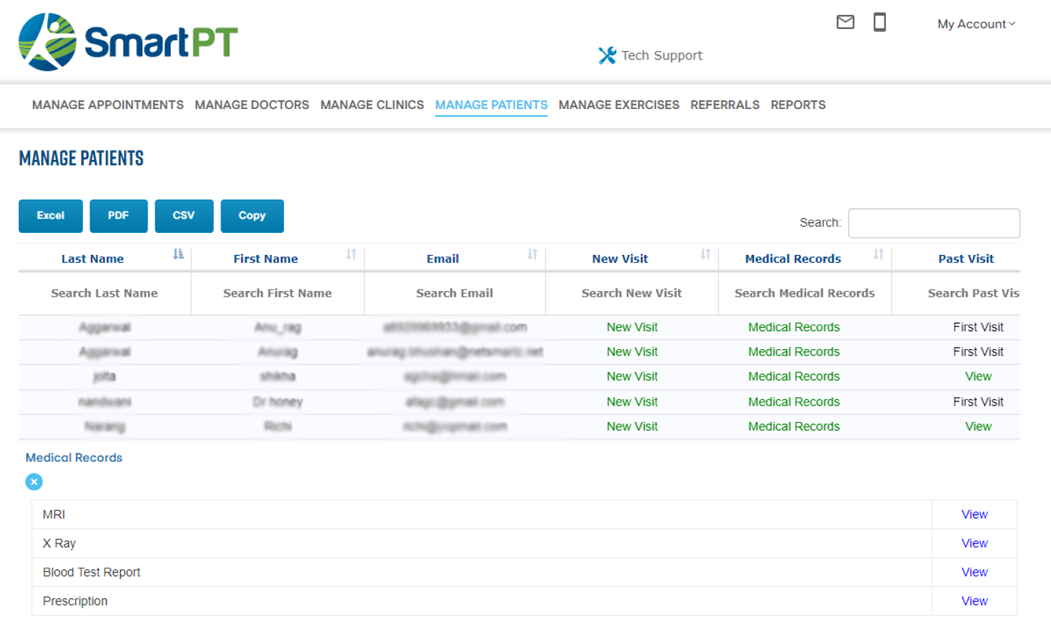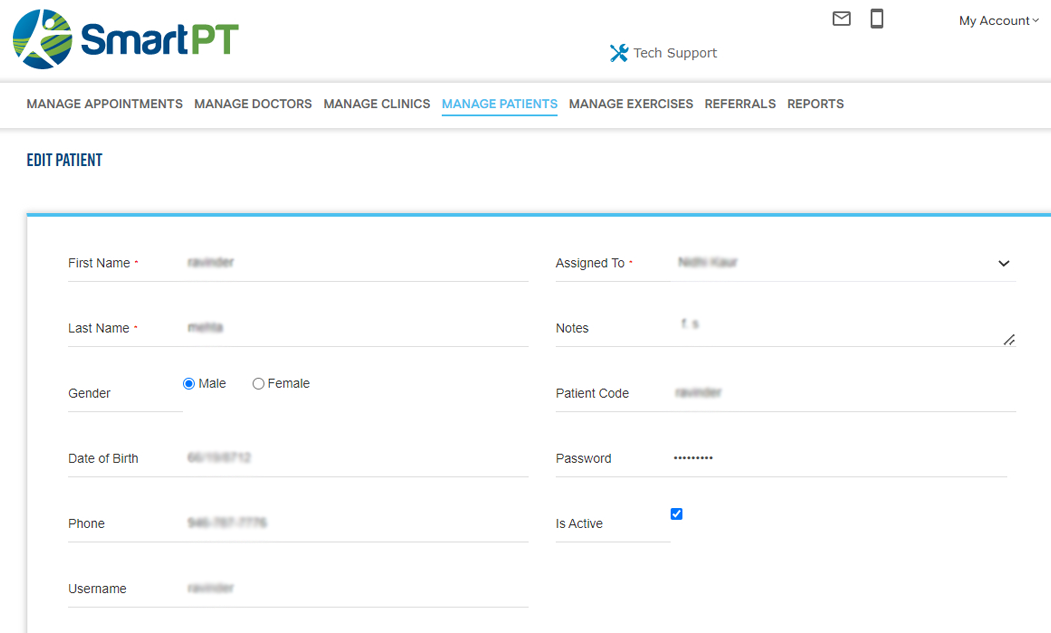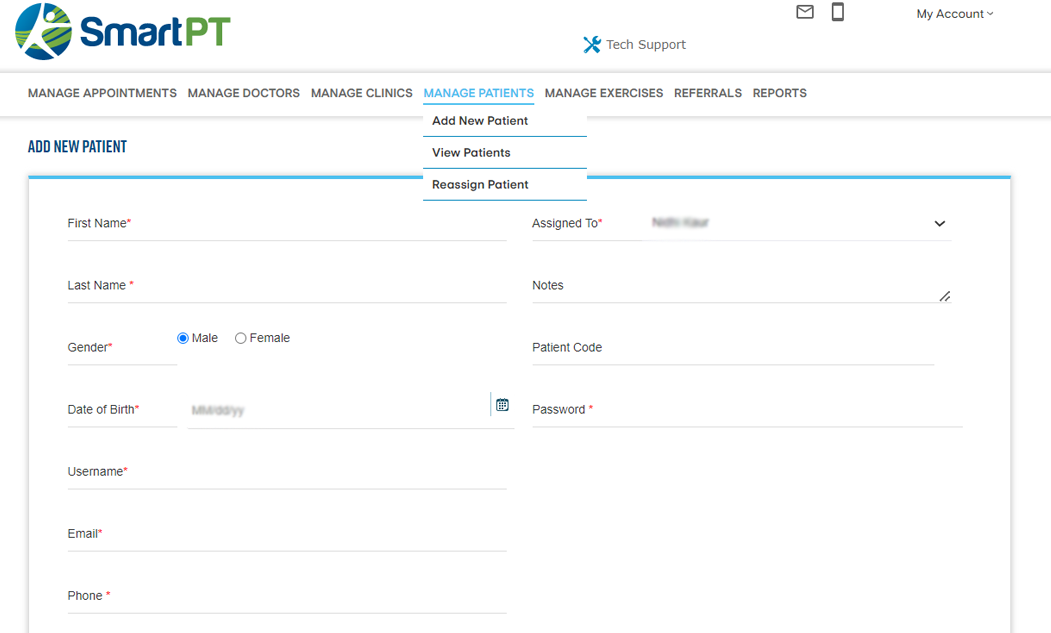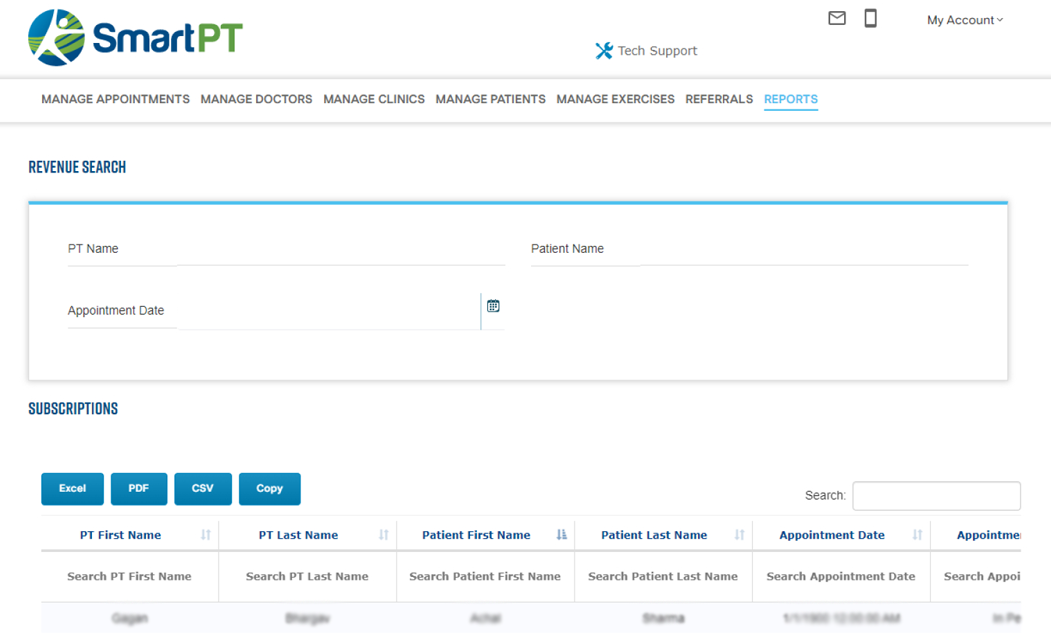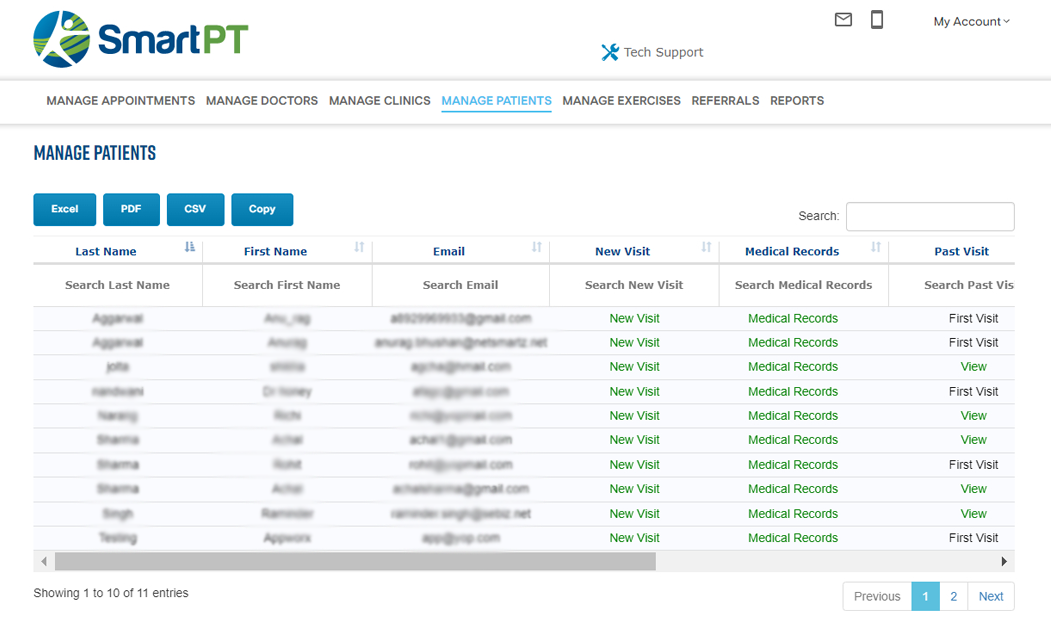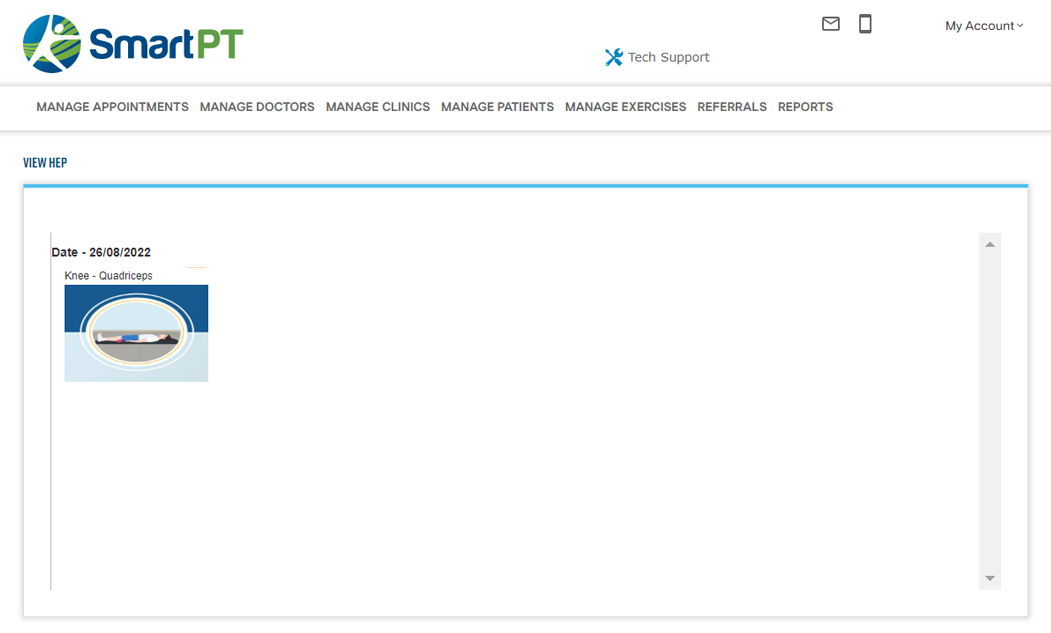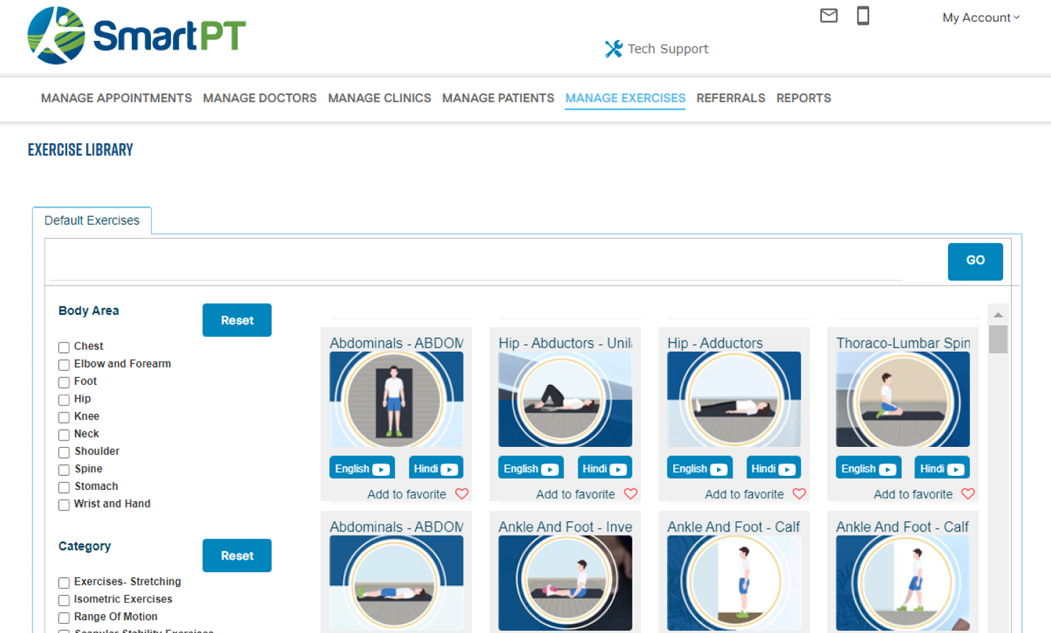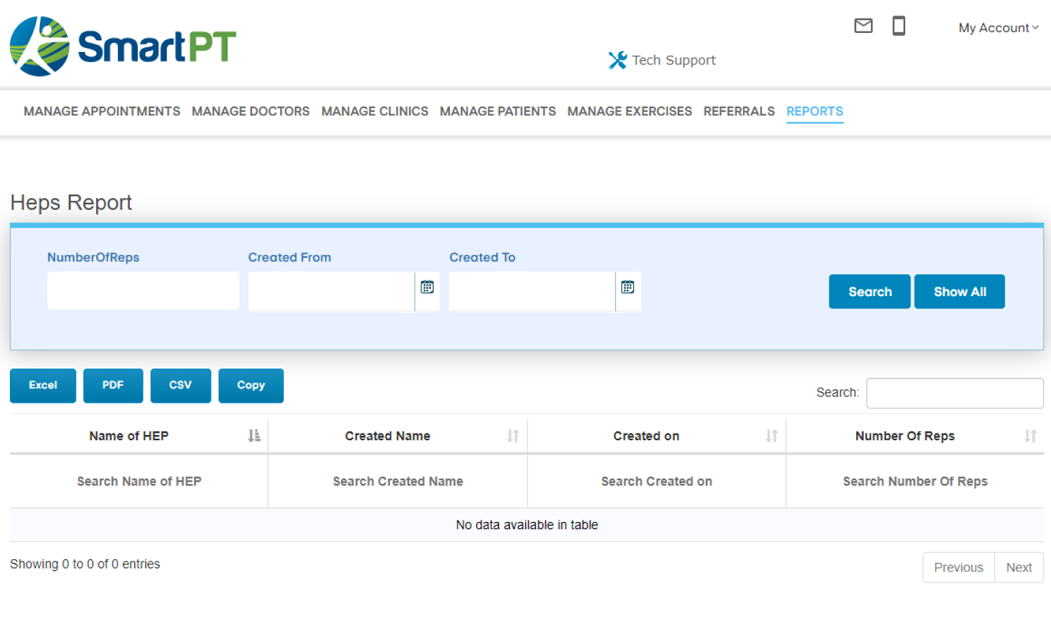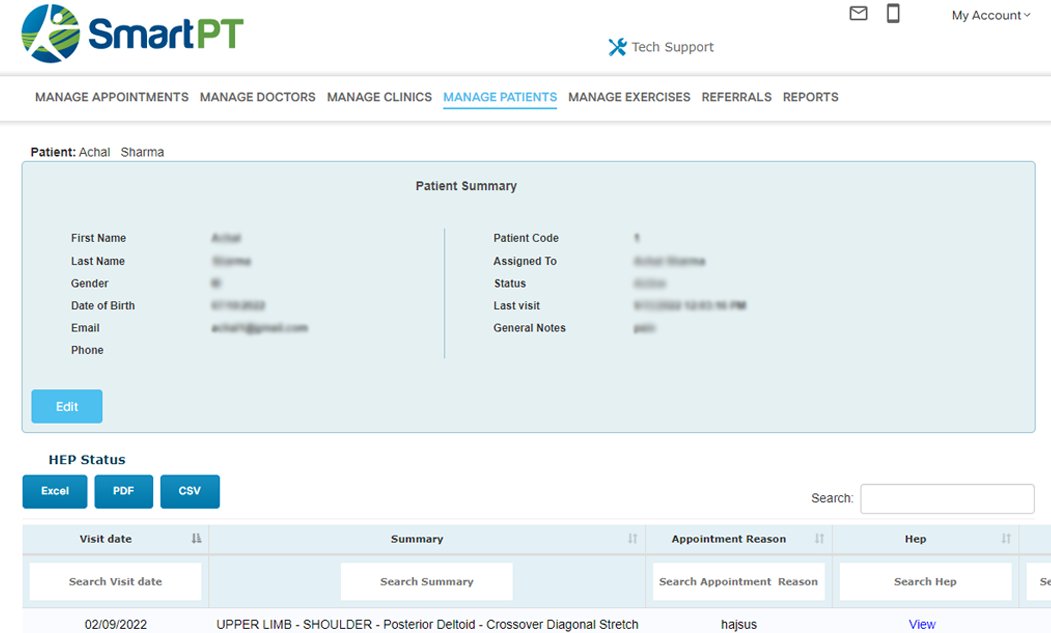Unravel the mysteries of physical therapy with PT Soumya Purkait
Sports physiotherapy is essential for enhancing sports performance, avoiding injuries, and promoting effective recovery. Physiotherapists treat musculoskeletal problems, improve strength and flexibility, and promote general well-being by combining manual treatments, training routines, and specialized methods.
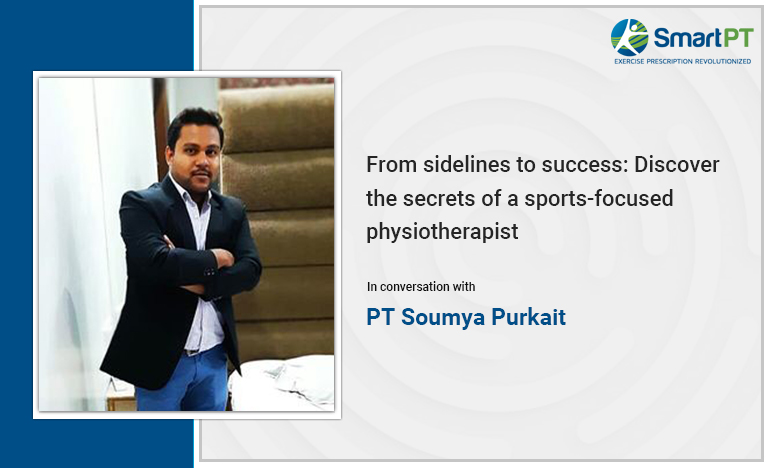
Who did we Interview?
PT Soumya Purkait is an experienced physiotherapist with a demonstrated history of working in the sports industry. He worked at Guru Nanak Dev University, Amritsar, as a sports physiotherapist for inter-university sports events like football, fencing, Kabaddi, swimming, Pencak Silat, and handball.
Starting with the Questionnaire
Question 1: How do you work with athletes to develop a personalized rehabilitation plan, and how do you measure progress toward their goals?
I am familiar with the safest and most effective means for helping players suffering from various injuries. I use extensive research to diagnose the root cause of the damage. I collaborate with multidisciplinary teams to initiate physiotherapy treatments and rehabilitation plans and provide education to players.
I have worked with players who have a range of conditions. Firstly, I have to diagnose the root causes of the injury, then do a thorough assessment, and then treat their physical ailments. In addition to this, I write all patients’ case notes, make reports, and collect statistics. Then I give monthly reports on the overall fitness of the players. This is how we measure progress.
Question 2: How do you approach working with athletes who have suffered an injury, and what specific treatment techniques do you use?
After an injury, we use the POLICE protocol, which stands for:
PROTECTION:-
Protect emphasizes the importance of avoiding further tissue damage but doesn’t imply indefinite immobilization. This could mean using crutches to protect an injured lower extremity while actively engaging in daily tasks. Protect could represent the appropriate amount of rest to heal the injury as well.
OPTIMAL LOADING:-
Optimal loading will stimulate the healing process, as bone, tendon, ligament, and muscle all require some loading to stimulate healing. Optimal loading is done by utilizing mechanotherapy intervention, which includes a wide range of manual techniques currently available. “Paradoxically, crutches, braces, and supports, traditionally associated with rest, may have a greater role in adjusting and regulating optimal loading in the early stages of rehabilitation.
ICE:-
Ice therapy, also known as cryotherapy, reduces tissue metabolism [2] and causes blood vessel constriction. This physiological change slows and prevents further swelling, an important consideration for early active ROM exercises after the initial period of rest. Ice also decreases the propagation of nociceptive neural stimuli to the brain, which can reduce pain and muscle spasms. It is suggested that 10-minute ice treatments combined with 10-minute periods without ice are the most effective. It is recommended that the ice be wrapped in a damp towel or cloth to minimize the risk of superficial nerve or skin damage.
COMPRESSION:-
Compression serves to prevent further edema (swelling) as a result of the inflammatory process and also reduces bleeding at the site of tissue damage. An elastic bandage should be used to provide a comfortable compression force without causing pain or constricting blood vessels to the point of occlusion. Bandaging should begin distal to the injury and move proximally, overlapping each previous layer by one-half. It can also serve to provide minimal protection for the injured body part from excessive movement.
ELEVATION:-
Elevation will prevent swelling by increasing venous return to the systemic circulation and reducing hydrostatic pressure, thereby reducing edema and facilitating waste removal from the site of injury. Ensure that the lower limb is above the level of the pelvis.
Some specific treatment protocols are:
MANUAL THERAPY:-
A specialized area of physiotherapy or physical therapy for the management of neuro-musculoskeletal conditions, based on clinical reasoning, using highly specific treatment approaches, including manual techniques and therapeutic exercises. Manual therapy has a long history within the profession of physical therapy, and physical therapists have greatly contributed to the current diversity of manual therapy approaches and techniques. Mechanical explanations were historically used to explain the mechanisms by which manual therapy interventions worked. Contemporary research reveals intricate neurophysiologic mechanisms are also at play, and the beneficial psychological effects of providing hands-on examination and intervention have been substantiated.
TAPING:-
Taping is commonly used as an adjunct or temporary technique. Athletes often make use of taping as a protective mechanism in the presence of an existing injury. Some of the goals of taping are to restrict the movement of injured joints, provide soft tissue compression to reduce swelling, support anatomical structures, and protect from re-injury. Taping is used as one of the means of rehabilitation or prophylaxis in instances where support and stability are needed as a first-aid tool for the prevention of injury and protection of an injured anatomical structure while healing is taking place.
DRY NEEDLING:-
Dry needling is an invasive procedure where a fine needle or acupuncture needle is inserted into the skin and muscle. It is aimed at myofascial trigger points (MTrP), which are hyperirritable spots in skeletal muscle that are associated with a hypersensitive palpable nodule in a taut band. Trigger point dry needling can be carried out at the superficial or deep tissue level.
CUPPING THERAPY:-
It is a practice in which the therapist puts special cups on the skin to create suction. This causes the tissue beneath the cup to be drawn up and swell, causing an increase in blood flow to the affected area. Enhanced blood flow under the cups draws impurities and toxins away from the nearby tissues and organs toward the surface for elimination.
IASTM THERAPY:-
It is a skilled intervention that includes the use of specialized tools to manipulate the skin, myofascial tissues, muscles, and tendons through various direct compressive stroke techniques.
Question 3: How do you stay up-to-date on the latest research and best practices in sports physiotherapy?
I stay up-to-date by studying some sports medicine journals, following their research articles, and discussing the situations faced by other sports medicine professionals. I truly believe that by staying updated, physiotherapists can hone their abilities and modify their treatment philosophies to provide each patient with the best results possible.
Question 4: Is there any particular conference or event you are waiting to attend?
I am eagerly awaiting the next season to begin and embrace the new challenges that lie ahead. I am excited to take on new tasks, deal with unknown circumstances, and hone my talents in order to reach new personal and professional milestones.
Question 5: How do you manage the demands of working with athletes, including long hours, travel, and high-pressure situations?
In the midst of long hours of traveling, we have to maintain certain things properly.
Pre-departure
Get enough sleep to avoid sleep deprivation (six to eight hours per night), and reduce training volume and intensity (seven days prior to departure). Consider travel schedules to assist the sleep-wake cycle, and most importantly, shift bedtime and mealtimes as per the tournament venue.
During journey
Players have to wear comfortable shoes and clothing, avoid large meals, keep hydrated, avoid alcohol and caffeine, adjust their watch to destination time, take maximum rest or sleep, follow the sleep/wake pattern of their destination, maintain very minimal distractions (e.g., electronic devices), stretch, and walk when awake.
Post-travel
Take a shower on arrival at your destination.
Take a brief nap if you feel exhausted.
Illness prevention is a key component to protecting the health of the athlete, and practical approaches to preventing illness are essential to reduce the risk that can restrain participation in important competitions. The prevention of illness in athletes involves the implementation of behavioral, lifestyle, and medical strategies in order to limit the transmission of infections. Nutritional strategies to maintain immunity in athletes, strategies to measure, monitor, and manage training and competition load, and methods to detect early signs and symptoms of illness, overreaching, and overtraining are also important.
Managing athletes in high-pressure situations
Competing always leads to stress. And that can be good — a little stress helps the body face a challenge. But too much stress can take the fun out of a sport and make it hard to perform.
Making some changes can help, such as:
Change the athletes’ focus from winning to putting in the best effort and having a positive attitude. Take a look at their schedule; if they have too much going on, think about limiting practice time or only doing one sport or activity per season.
Athletes can practice deep breathing, muscle relaxation, going to a happy place, visualizing success, mindfulness, having a routine, thinking positively, and developing positive self-talk.
To Sum Up
Soumya Purkait has extensive expertise in the sports industry as a physiotherapist. He is skilled at helping specific players and performing diagnostic exams to evaluate injured players. He not only treats the player after the injury but also prevents it. He worked as a sports physiotherapist at Sudeva Delhi Football Club, Aditya School of Sports, Mohammedan Sporting Club, and Smart Strength India.
Regarding his education accreditations, Soumya completed his Bachelor’s in Physiotherapy from the National Institute for Locomotor Disabilities (Divyangjan), Kolkata. Thereafter, he pursued a Master’s in Sports Physiotherapy focused on Sports Sciences and Medicine from MYAS-GNDU, Department of Sports Sciences and Medicine, Amritsar.
He also attended an educational tour of the Sports Authority of India, Netaji Subhas National Institute of Sports, Patiala.
